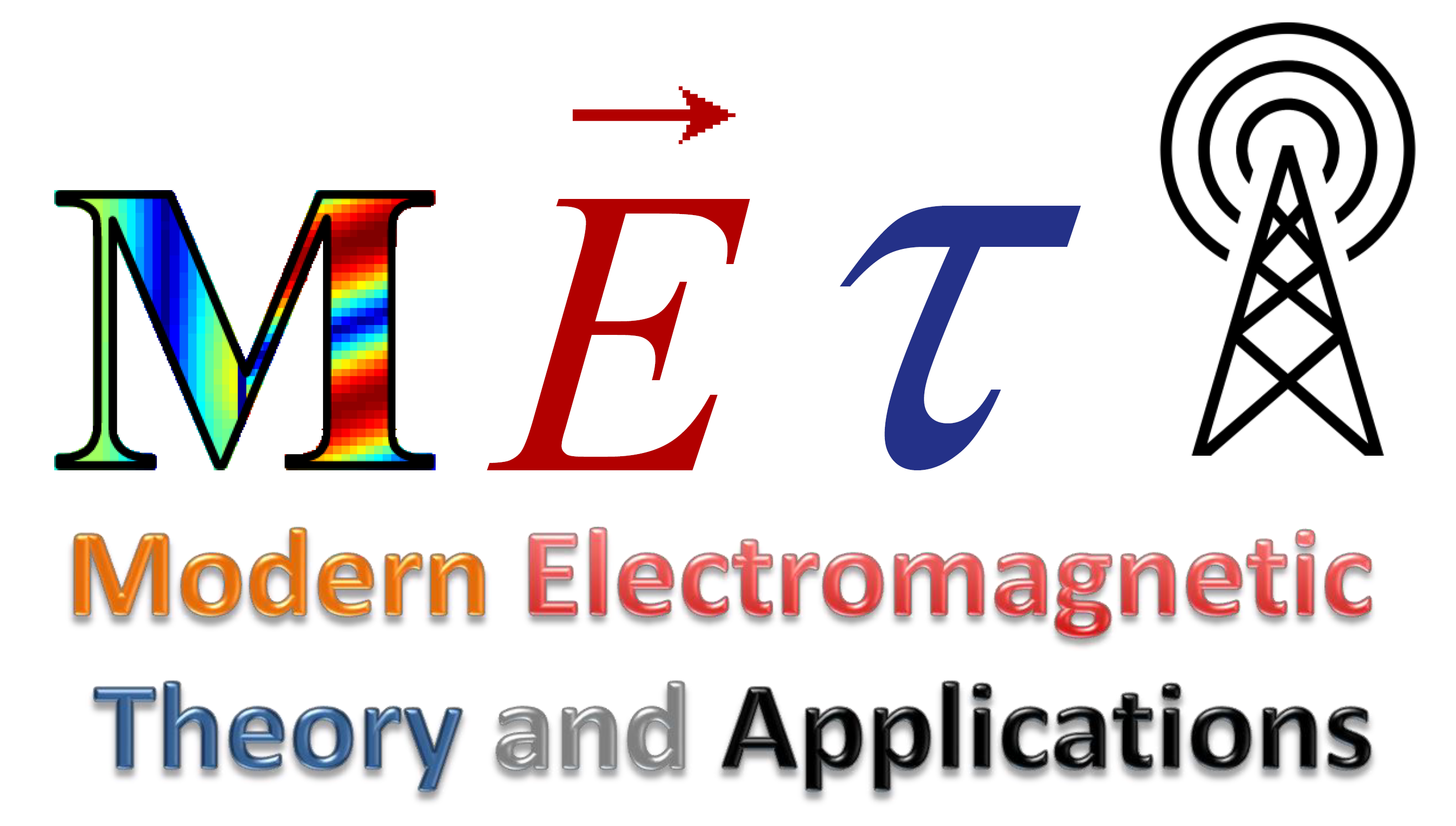Organic Light Emitting Diodes (OLEDs) – Rigorous Electromagnetic Modelling
The focus of my doctoral research is rigorous electromagnetic modeling of OLEDs using analytical techniques. Our aim is to introduce simple, clear and intuitive engineering tools for optical optimization of these novel devices, which is one of the main challenges in the quest for enhancement of OLED efficiency.
Coherence Length, Substrate Thickness and Interference
 As sources of spontaneous emission, the excitons, which are the radiating species in OLEDs, are generally spatially incoherent and exhibit broad spectrum. It was shown experimentally that interference phenomena occurring due to reflections in substrate/air interface are not pronounced in emission patterns of OLEDs due to the thick substrate. We have given a rigorous model which accounts for this phenomenon, showing that it is due to the small coherence length (large bandwidth) with respect to the substrate thickness.
As sources of spontaneous emission, the excitons, which are the radiating species in OLEDs, are generally spatially incoherent and exhibit broad spectrum. It was shown experimentally that interference phenomena occurring due to reflections in substrate/air interface are not pronounced in emission patterns of OLEDs due to the thick substrate. We have given a rigorous model which accounts for this phenomenon, showing that it is due to the small coherence length (large bandwidth) with respect to the substrate thickness.
Our analysis shows that interference effects can be observed if the measurements are taken with high spectral resolution or a thinner substrate is used.
This is a general property of sources with broad spectrum, and is not restricted to OLED configuration. We have rigorously shown, using the general theory of statistical optics, that our conclusions are valid to layered media with almost arbitrary geometry.
Accessing Electrical Properties using Optical Measurements – Analytical Engineering Tools
Utilizing the analytical close d-form expressions we derived for OLED emission pattern, we managed to relate analytically the maxima and minima of the pattern to the average location of radiating excitons (also known as “emission zone” or “recombination zone”). This electrical property is highly important for OLED optimization, as it essentially determines the outcoupling efficiency of the device. Our results allow evaluation of this value by a simple back-of-an-envelope calculation, using only the optical properties of the materials and the angles in which minima or maxima are received. This is possible due to the fact that these extremum angles are determined by Bragg’s condition for destructive or constructive interference, and the dominant contribution arrives from the interference between the source and its reflection from the conductive cathode (image-source interference). A simple applet allowing emission zone location recovery based on this approach is available online.
d-form expressions we derived for OLED emission pattern, we managed to relate analytically the maxima and minima of the pattern to the average location of radiating excitons (also known as “emission zone” or “recombination zone”). This electrical property is highly important for OLED optimization, as it essentially determines the outcoupling efficiency of the device. Our results allow evaluation of this value by a simple back-of-an-envelope calculation, using only the optical properties of the materials and the angles in which minima or maxima are received. This is possible due to the fact that these extremum angles are determined by Bragg’s condition for destructive or constructive interference, and the dominant contribution arrives from the interference between the source and its reflection from the conductive cathode (image-source interference). A simple applet allowing emission zone location recovery based on this approach is available online.
In recent work we have shown that if we allow a simple manipulation on the emission pattern, we can enhance the accuracy of our average emission zone location evaluation, as well as estimate the width of the emission zone from the ratio between the forward and side-lobe emission (in preparation).
Optical Analysis of Flexible OLEDs – Curvature Effects
Flexible display technology is one of the main prospects for future application of OLEDs. The devices’ compatibility with flexible substrates have been utilized already several times to demonstrate high-quality flexible OLEDs (FOLEDs), both in the lab and in the industry (commercial prototypes). However, most of the research was focused on the challenging mechanical and fabrication aspects of these devices, and almost no work has been published regarding its optical properties.
Utilizing the “perfect azimuthal absorber” concept by L. B. Felsen we have managed to extend our treatment of the rigid plane-parallel OLED to a cylindrical flexible OLED formation with an arbitrary radius of curvature. The resultant closed-form expressions indicate that the propagating electromagnetic fields obey the rules of geometrical optics (GO), and ray-optical intuition can be harnessed to interpret the curvature effects on the emission pattern. We have shown that bending effects become apparent only when the radius of curvature becomes comparable with the substrate thickness; in that case, two main effects arise: (1) the emission pattern becomes wider (wider viewing angle) until a certain optimal radius; (2) more power is outcoupled as the FOLED is bent.
The two effects are quantified analytically using our formulation, and both originate in the fact that the angle of incidence of rays at the cylindrical layer interface is smaller than for a planar boundary. Therefore, the reflection between substrate and air is smaller for the curved device.

